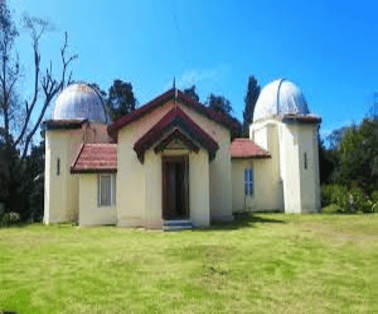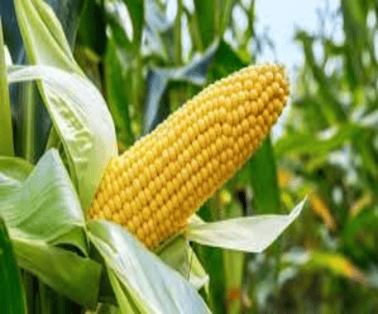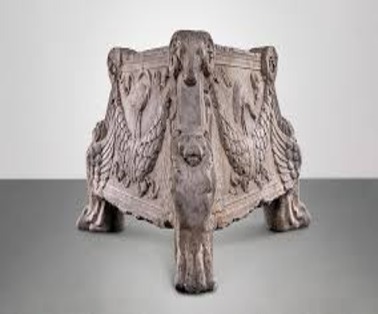On 1 April 2024, the Indian Institute of Astrophysics (IIA), under the Department of Science and Technology (DST), commemorated the 125th anniversary of the Kodaikanal Solar Observatory (KoSO). This iconic research center has been at the forefront of solar science in India and globally, playing a crucial role in unraveling the mysteries of our Sun.
Kodaikanal Solar Observatory (KoSO)
- The idea for an Indian solar observatory emerged in the late 19th century, with then government sanctioning the establishment of the Solar Physics Observatory in Kodaikanal in August 1893.
- Kodaikanal in the Palani hills of Tamil Nadu was chosen as the site for the observatory due to its favorable atmospheric conditions, following surveys conducted by Charles Michie Smith.
- The foundation stone for KoSO was laid by Lord Wenlock, the then Governor of Madras, in 1895.
- Systematic observations at KoSO began on March 14, 1901.
History of the Kodaikanal Solar Observatory
- Since ancient times, seafarers, mathematicians, astronomers and physicists have all extensively studied and followed the Sun and its activities.
- Madras Observatory was established by the British East India Company In 1792,
- It was a first of its kind in this part of the world.
- The first dedicated solar observations were recorded later in 1878 from the Trigonometrical Survey Office in Dehradun.
- The spectroscopic observations taken during the August 18, 1868, total solar eclipse from Guntur in Andhra Pradesh led to the discovery of helium, the Universe’s second-most abundant element after hydrogen.
- For the first time, celestial and solar photography were attempted from the Madras Observatory during the total annual solar eclipse on December 12, 1871.
Why Kodaikanal Solar Observatory Was Needed
- Scanty rainfall over south India during the winter monsoon of 1875 triggered one of the worst droughts the country had experienced till then.
- 12.2 to 29.3 million people across the Madras and Mysore Provinces were killed during 1875-1877.
- India, along with China, Egypt, Morocco, Ethiopia, southern Africa, Brazil, Columbia and Venezuela, suffered concurrent multi-year droughts during 1876-1878, later named the Great Drought.
- The event, caused by low rainfall, highlighted the need for thorough solar studies to understand its effects on weather patterns
Solar Data and Digital Archives at KoSO
- KoSO maintains a vast archive of solar data, with observations spanning over a century. In recent years, the observatory has undertaken a digitization project to preserve and make accessible its valuable collection of solar images.
- The digital archive contains over 1.48 lakh digitized solar images, amounting to 10 terabytes of data.
- The collection includes 33,500 white-light images of sunspots and thousands of other solar images recorded daily since the early 20th century.
- KoSOs digital archive is one of the most comprehensive and longest-running solar data collections in the world, with a coverage of more than 75% of the period.
Instruments at the Kodaikanal Solar Observatory
- The Bhavnagar Telescope, named after Maharaja of Bhavnagar, operated during KoSO’s nascent years.
- This 16-inch Newtonian (later Cassegrain) mobile telescope remained India’s largest from 1888-1968. It was imported from Dublin, Ireland, and was first established at the Maharaja Takhat Singh Ji Observatory in Poona (now Pune) around 1888.
- Spectroheliograph is used for studying the Suns chromosphere and prominences.
- H-alpha Telescope is used for capturing full-disc imaging of the Sun.
- White Light Active Region Monitor (WARM) enables simultaneous observations of the photosphere and chromosphere.
Scientific Contributions of KoSO
- The Kodaikanal Solar Observatory was the first to confirm the Evershed effect in 1909—the radial motion in sunspots.
- The KoSO has been imaging the Sun for over a century now, and has a rich repository of data.
- It observes and records the Sun and its characteristics, including daily white light photography of the solar disc from the time it was set up.
- Due to its location in the Palani Hills of southern India, the KSO plays a central role in observing changes to the equatorial electrojet, an electric current which travels in the Earth’s ionosphere.
Why study the Sun?
- Being the primary source of energy, life on Earth is supported by the Sun.
- Any change on the solar surface or its periphery could significantly affect the Earth’s atmosphere.
- Powerful solar storms and solar flares can be potentially harmful to Earth’s satellite-based operations, power grids and navigational networks.
- The KoSO (Kodaikanal Solar Observatory), which has been imaging the Sun for over a century now, has a rich repository of data.
Kodaikanal Solar Observatory – A National Treasure
As the Kodaikanal Solar Observatory celebrates 125 years of continuous solar observation, it remains a beacon of India’s scientific progress. Through its digitized archives, historic instruments, and groundbreaking research, KoSO continues to illuminate the Sun’s secrets for generations to come.
To Download Monthly Current Affairs PDF Click here
Click here to get a free demo
Discover all about CLAT Exam



